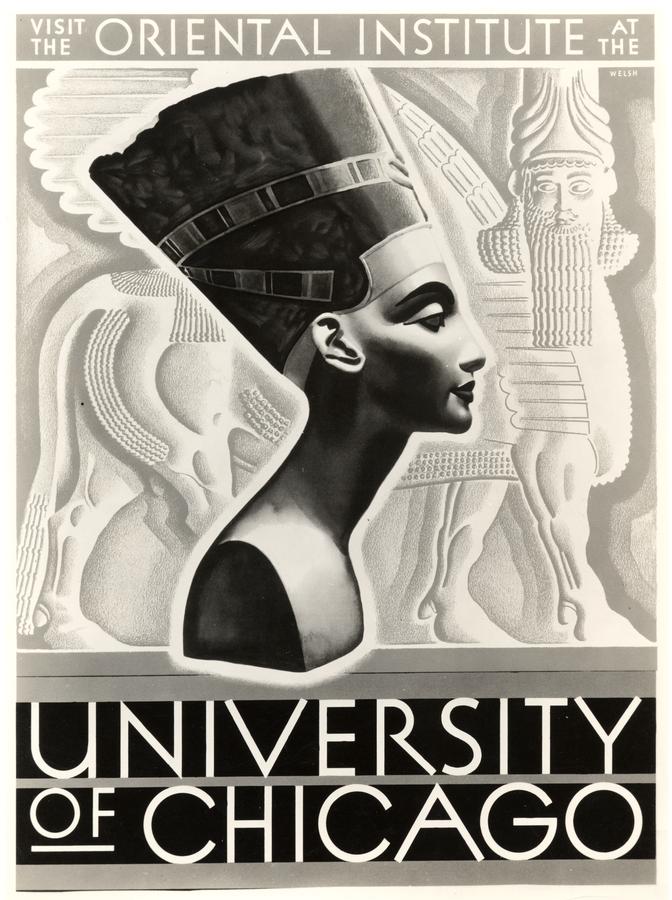Larger
For decades a print of this photograph hung on the wall just inside the door of the Research Archives.
Title Oriental Institute View Egyptian Dinner 1 Series II: Buildings and Grounds Description Archaeologists dining in the tomb of Ramses XI, Valley of the Kings (Wadi al-Biban al-Muluk) near Luxor, Egypt. The empty chair at the head of the table is that of Lord Carnarvon who took the picture. From left to right: Dr. James Breasted, Harry Burton, Alfred Lucas, Arthur Callender, Arthur Mace, Howard Carter, and Sir Alan Gardiner. Subject Terms Breasted, James Henry, 1865-1935 | Carter, Howard, 1874-1939 | Mace, Arthur Cruttenden, 1874-1928 | Gardiner, Alan Henderson, Sir, 1879-1963 | Lucas, Alfred, 1867-1945 | Burton, Harry, 1879-1940 Photographer Carnarvon, George Edward Stanhope Molyneux Herbert, 5th Earl of, 1866-1923 Photograph Date Undated Physical Format Photographic prints; 11.1 x 16.6 cm Location Egypt Collection Archival Photographic Files Repository University of Chicago Library, Special Collections Research Center Image Identifier









 Stumble It!
Stumble It!

